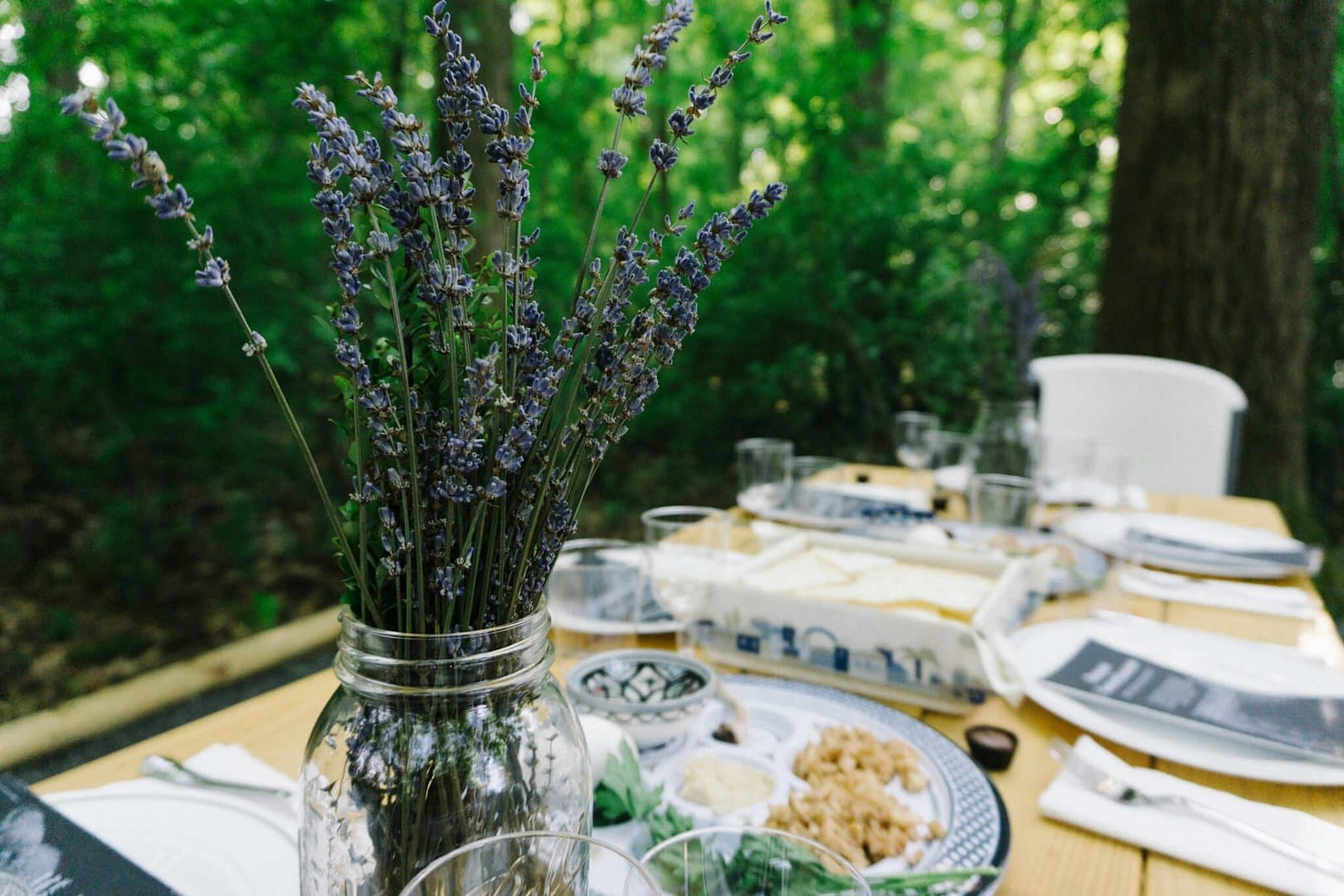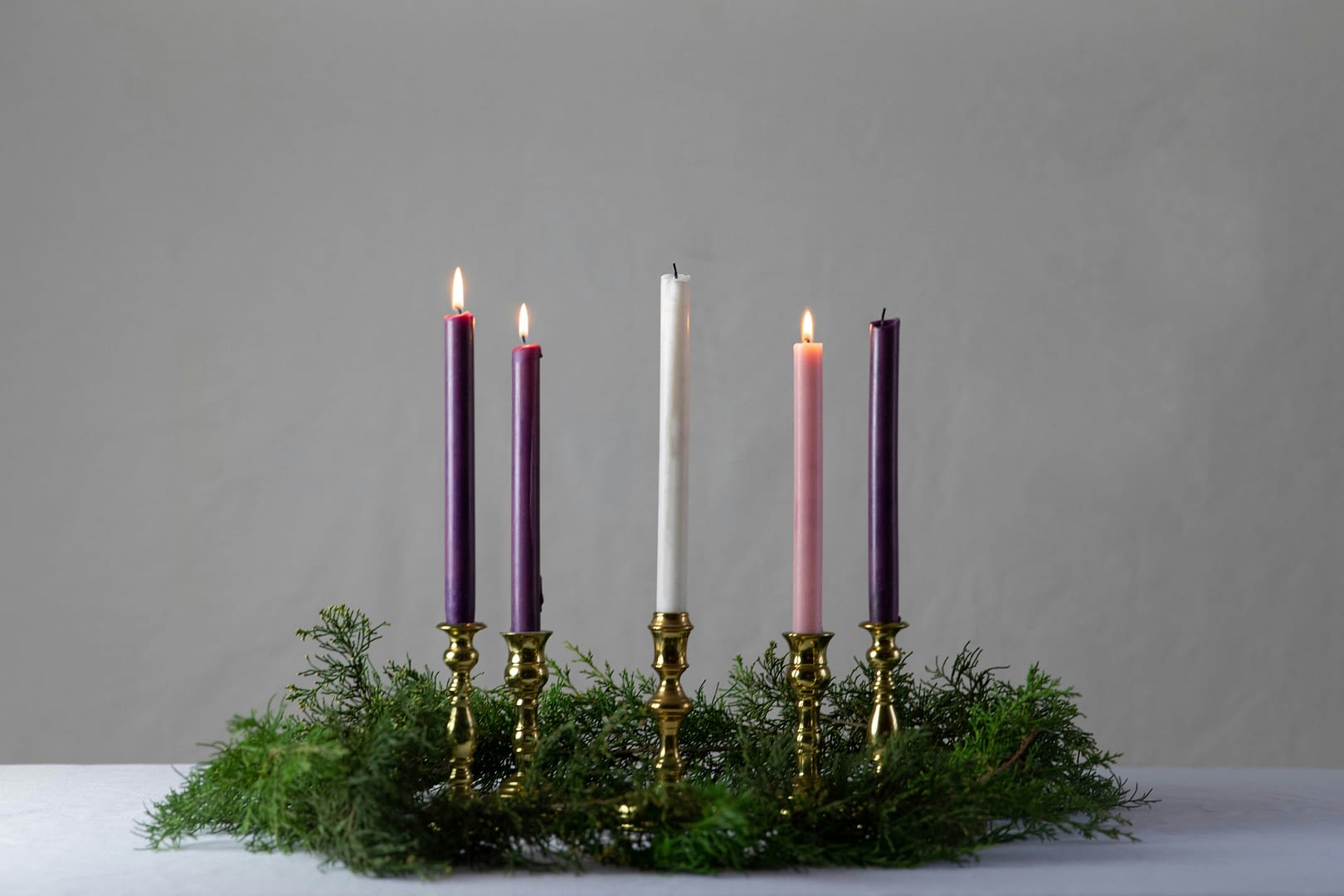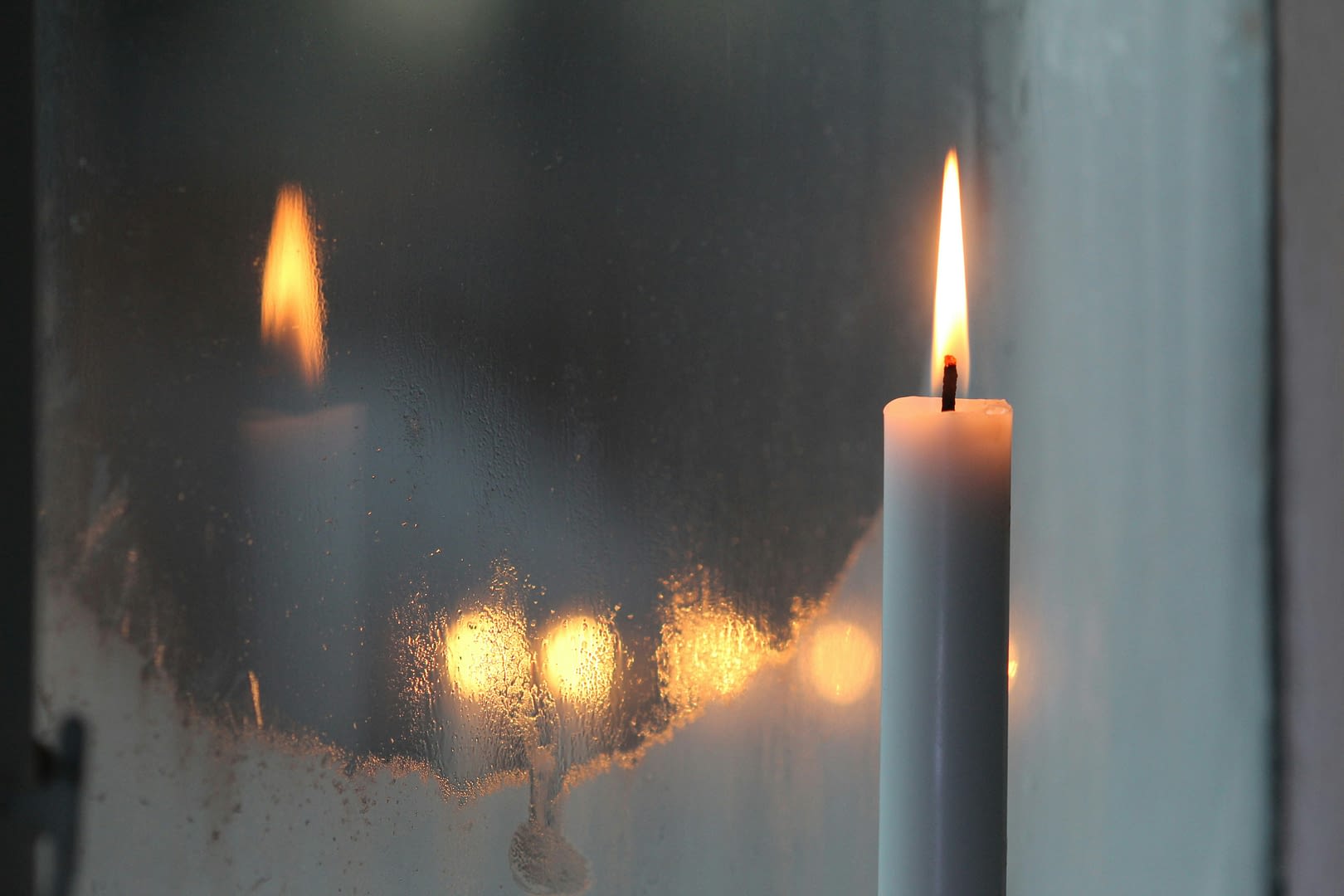I was a sophomore in college the first time I participated in a Passover Seder. I was home for the long Easter weekend, and my parents suggested I go with them to church for a Seder. Honestly, I had no idea was a “Seder” was, but they told me it included dinner, so I went along. After all, I thought, a girl’s got to eat!
It was the Thursday before Easter, or Maundy Thursday, so I expected this Seder to be like all the other Holy Week services I had attended through the years. I anticipated a dimly lit auditorium, a moving sermon, a nostalgic rendering of “The Old Rugged Cross.” I grew up in the American church, and these things felt familiar, known, expected.
Instead, what I experienced that evening was something very different.
The Passover Seder I attended was a participatory, multigenerational, multisensory storytelling experience unlike anything I had before encountered. It was a journey, and I was invited.
It was a journey, and I was invited.
Passover Seder
When my parents and I arrived at church that evening, we found the Fellowship Hall filled with tables and people milling around. It looked more like a wedding reception than a Holy Week event with linen tablecloths and tasteful place settings.
At the center of each table was a platter with what looked to me like a carefully prepared but altogether random assortment of food: an egg, parsley, lettuce leaves, horseradish sauce, some kind of meat bone, an unfamiliar apple cinnamon mixture, a ramekin filled with saltwater, a basket of matzah, and grape juice. Lots of grape juice. One thing was certain … this was definitely not like any meal I had ever had before.
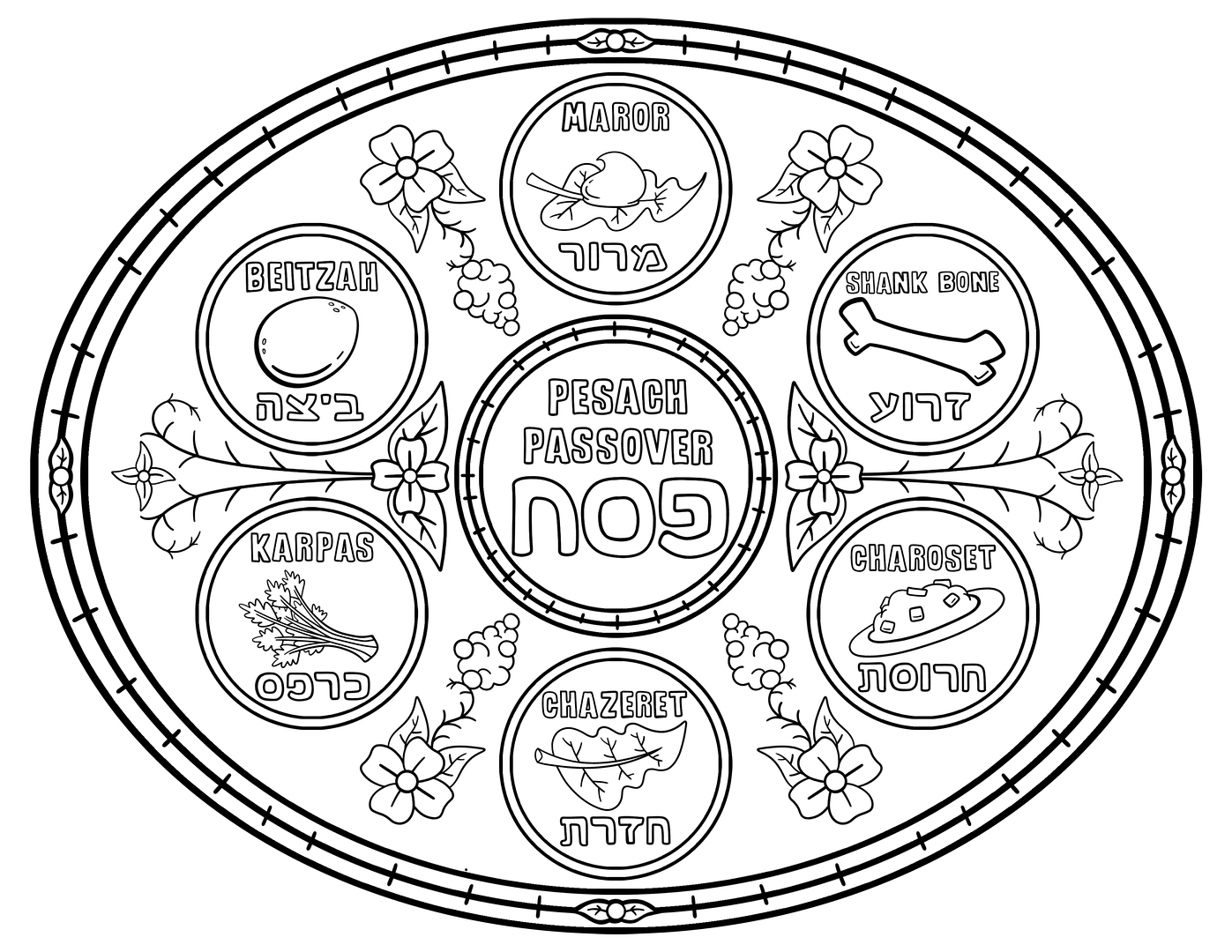
When it was time to get started, we sat at a table alongside a young family from the church. Over the next 60 minutes, I heard and tasted and learned about our Rescuer God in a way I never had before.
The meal was hosted by a special guest visiting from Israel, and as he told the ancient story of God freeing His people from Egypt, it was, for me, like hearing it for the first time. I dipped parsley in salt water as I learned about the tears of God’s people and tasted sour horseradish as I contemplated the bitterness of slavery. I took my first-ever bite of charoset—the unfamiliar apple mixture—while imagining the mortar long-ago Israelite slaves used to build bricks.
I cheered on the kids in the room as they searched under tables and behind doors for the hidden Afikomen—the broken Matzah wrapped in a white napkin that symbolized the broken body of Jesus sacrificed for our forgiveness. And I raised my glass of grape juice four times, tasting the Cups of Sanctification, Deliverance, Redemption, and Praise.
That evening I got to participate in a centuries-old Hebrew tradition from a Messianic (Jesus-centered) perspective. As a Gentile (non-Jew), it felt different, intriguing, and even at times a little uncomfortable to me, yet I sensed there was something sacred about stepping into a tradition—a journey—that was established so long ago by people whose lives were so different from mine.
What is A Passover Seder
So what exactly is a Passover Seder? In Hebrew, the word Seder (SAY-der) means “order.” A Passover Seder is a special meal in which the components and structure recall the order of events of the Old Testament Exodus. As followers of Jesus—whether Jewish or Gentile—gathering around the Seder table helps us remember how God rescued His people from slavery in Egypt and how He rescues us from bondage to sin through the blood of Jesus—the Lamb of God.
It’s been 25 years since I experienced my first Passover Seder, and what I didn’t realize that evening is that Seder would become an important and beautiful tradition for me and, eventually, my own family.
Over the past decade, my family has gathered around the Seder table at two different churches in two different states and with our small group in multiple homes. But perhaps the most memorable Passover Seder meal for me took place four years ago in the north Texas home of our dear Egyptian friends.
Seder would become an important and beautiful tradition for me and, eventually, my own family.
A full cup symbolizes joy, and there’s a point in the Passover Seder when everyone dips their fingers into their cups and lets 10 drops fall onto their plates, reducing the fullness of joy represented. This action reminds us that freedom comes at a price and honors the Egyptian lives that were lost to bring the Israelites out of the bondage of slavery in Egypt. As our friends led this part of the meal, I looked around the table with tears in my eyes.
I was the guest in the home of Egyptian immigrants participating in a traditional Messianic Jewish Seder alongside seven-year-olds and seventy-year-olds, Brits and native Texans, Egyptians and Jews—all raising our glasses to Jesus, Israel’s Messiah and the Savior of the world. It was one of the most memorable pictures of the body of Christ of which I’ve been honored to be a part.
Around the Table Event
Whether this is the first time you’ve heard the word “Seder” or are a seasoned Passover Seder pro, I invite you to explore Wonder Ink’s Around the Table event. It offers a taste of Passover that includes key elements of a traditional Seder that engage the whole family.
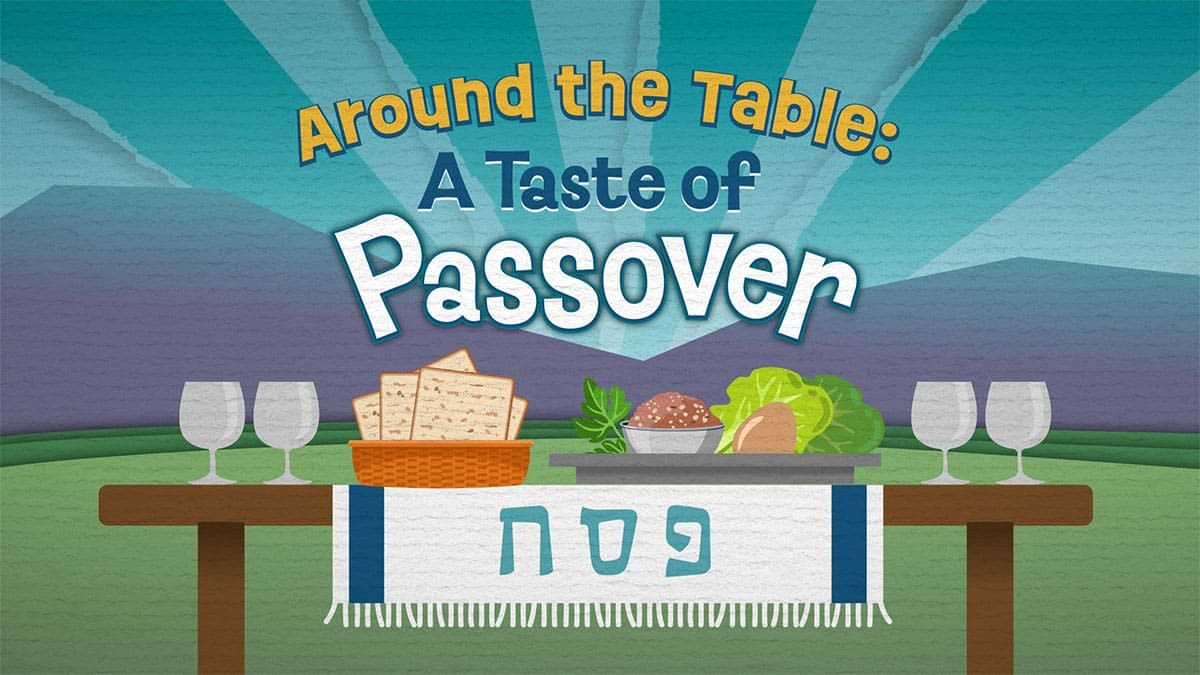
It can be hosted as a church event for all the families in your ministry or in individual homes and includes a video welcome from a Messianic Jewish rabi inviting families—Jewish and Gentile alike—to the table.
If you’re like I was on that evening 25 years ago, gathering around the Seder table might be unlike anything you’ve encountered before. It might feel unfamiliar and even a little awkward at first, but I encourage you to jump in and participate. After all, a Passover Seder isn’t merely an event. It’s a journey, and you’re invited.
Wonder Ink’s 3-year, 52-week children’s ministry curriculum offers kids space to fully find their place in God’s Big Story. Children discover they are Known by God, Loved by Jesus, and Led by the Holy Spirit.


